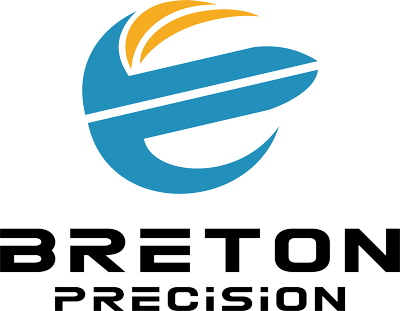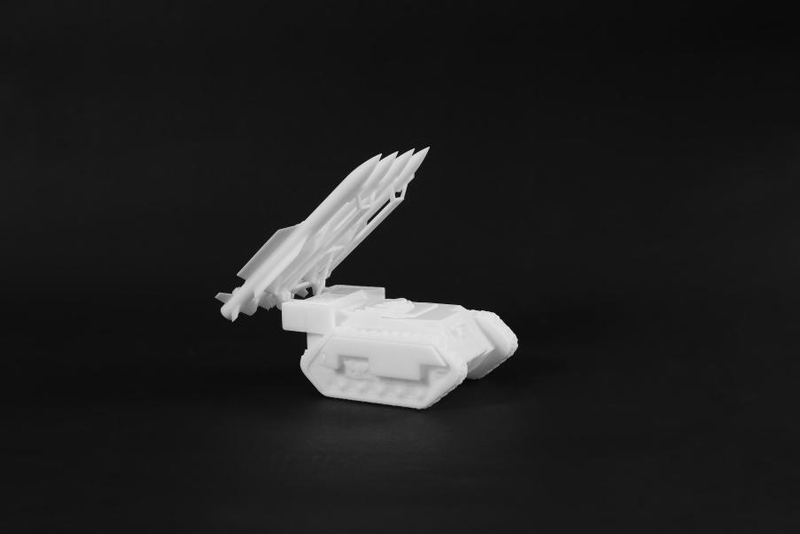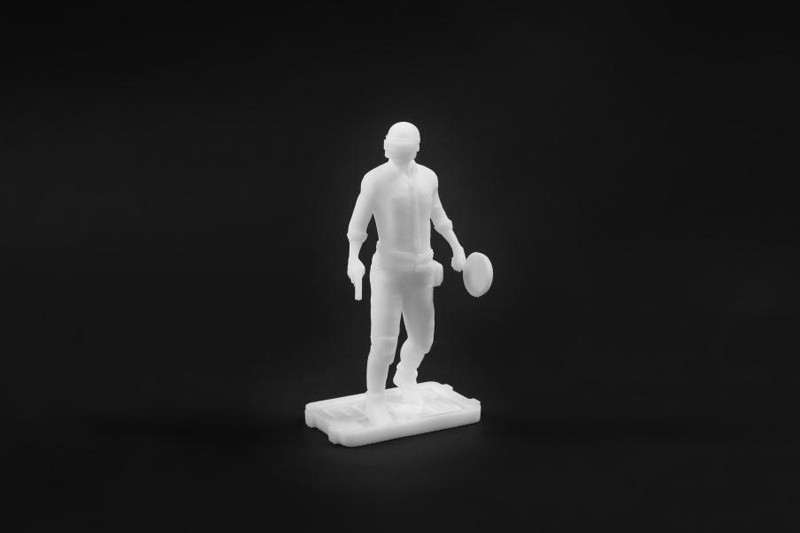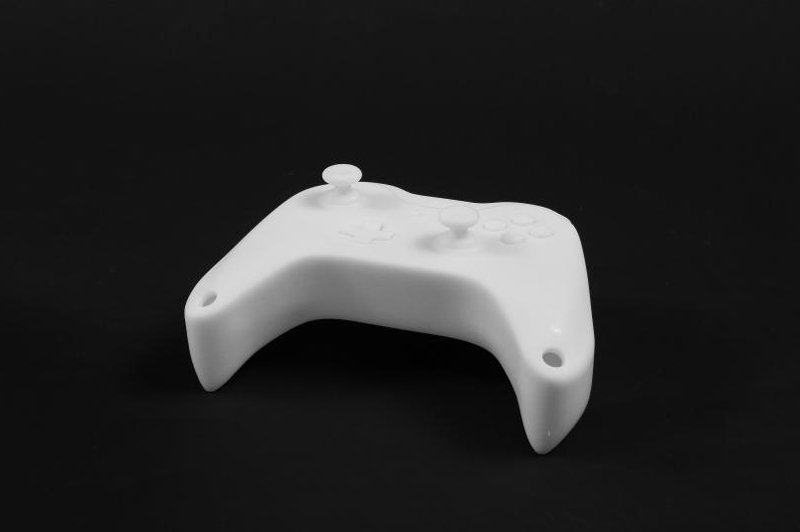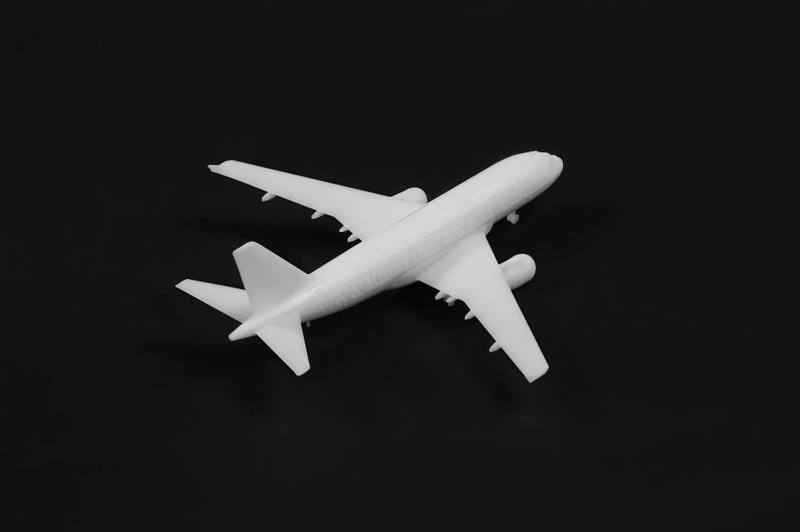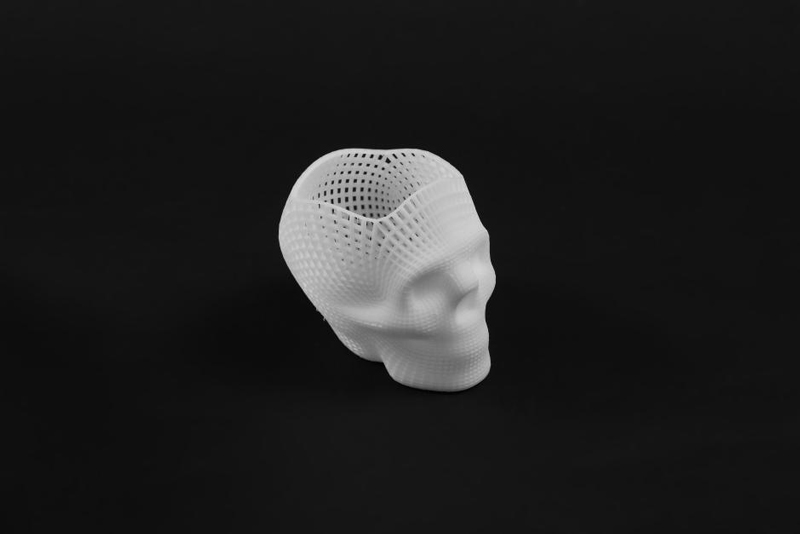Our Custom 3D Printing Services
Breton Precision's 3D printing expertise is perfect for swift prototypes and complex functional components for extensive manufacturing. Our 3D printing facilities have experienced operators and cutting-edge additive manufacturing technologies, encompassing four top-notch printing methods: Selective Laser Sintering, Stereolithography, HP Multi Jet Fusion, and Selective Laser Melting. With Breton Precision, anticipate swift distribution of finely-crafted, accurate 3D printed prototypes and final-use components, fitting for both minor and extensive production necessities.

3D Printing Mateirals
The assortment of materials we offer comprises options in plastic and metal, such as ABS, PA (Nylon), and both Aluminum and Stainless Steel, which are appropriate for a range of specialized 3D printing undertakings in industrial settings. If your material specifications are distinctive, you can easily select 'Other' on our page for configuring quotes. Rest assured that we are dedicated to procuring precisely what you require.
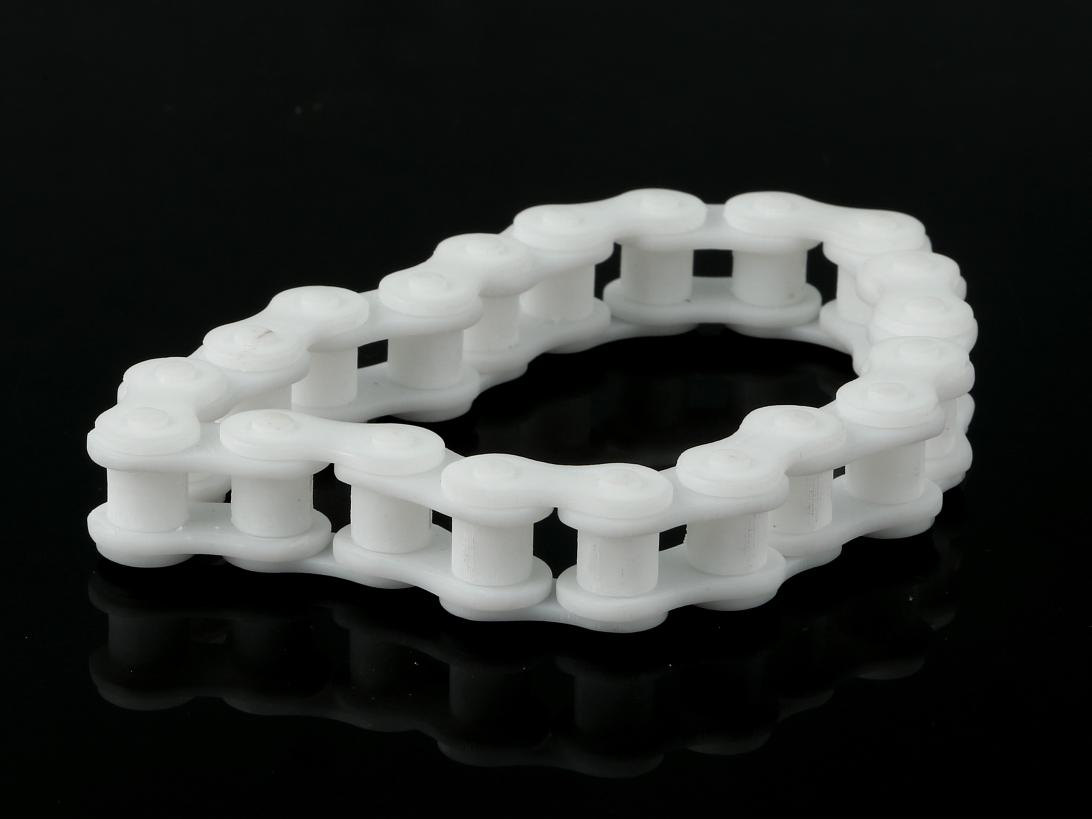
PA (Nylon)
3D Printing Surface Roughness
Inspect the particulars of surface texture attainable through Breton Precision tailored 3D printing solutions. The chart under displays the comprehensive roughness measurements for each printing method, directing your selection for ideal part texture and accuracy.
Printing Type Material |
Post-Printing Roughness |
Post-Processing Technology |
Roughness After Processing |
SLA Photopolymer Resin |
Ra6.3 |
Polishing, plating |
Ra3.2 |
MJF Nylon |
Ra6.3 |
Polishing, plating |
Ra3.2 |
SLS White Nylon, Black Nylon, Glass-filled Nylon |
Ra6.3-Ra12.5 |
Polishing, plating |
Ra6.3 |
SLM Aluminum Alloy |
Ra6.3-Ra12.5 |
Polishing, plating |
Ra6.3 |
SL Stainless Steel |
Ra6.3-Ra12.5 |
Polishing, plating |
Ra6.3 |
Please note that following postproduction, certain materials may obtain a surface texture ranging from Ra1.6 to Ra3.2. The actual result is contingent upon the customer's demands and the specific conditions in question. | |||
Breton Precision 3D Printing Capabilities
We offer a thorough review of the distinct standards for each 3D printing method, supporting well-informed choices for your printing requirements.
Min. Wall Thickness |
Layer Height |
Max. Build Size |
Dimension Tolerance |
Standard Lead Time |
|
SLA |
0.6 mm for unsupported walls, 0.4 mm for supported wall on both sides |
25 µm to 100 µm |
1400x700x500 mm |
±0.2mm (For >100mm, |
4 business days |
MJF |
At least 1mm thick; avoid overly thick walls |
Around 80µm |
264x343x348 mm |
±0.2mm (For >100mm, apply 0.25%) |
5 businees days |
SLS |
From 0.7mm (PA 12) to 2.0mm (carbon-filled polyamide) |
100–120 microns |
380x280x380 mm |
± 0.3 mm (For >100mm, |
6 businees days |
SLM |
0.8 mm |
30 – 50 μm |
5x5x5mm |
±0.2mm (For >100mm, apply 0.25%) |
6 businees days |
General Tolerances for 3D Printing
-
Basic Size
Linear Dimensions
±0.2 to ±4 mm
Fillet Radius and Chamfer Height Dimensions
± 0.4 to ± 4 mm
Angular Dimensions
±1°30' to ±10'
-
Basic Length
Straightness and Flatness
0.1 to 1.6 mm
Verticality Tolerance
0.5 to 2 mm
The Degree of Symmetry
0.6 to 2 mm
Circular Runout Tolerance
0.5 mm
